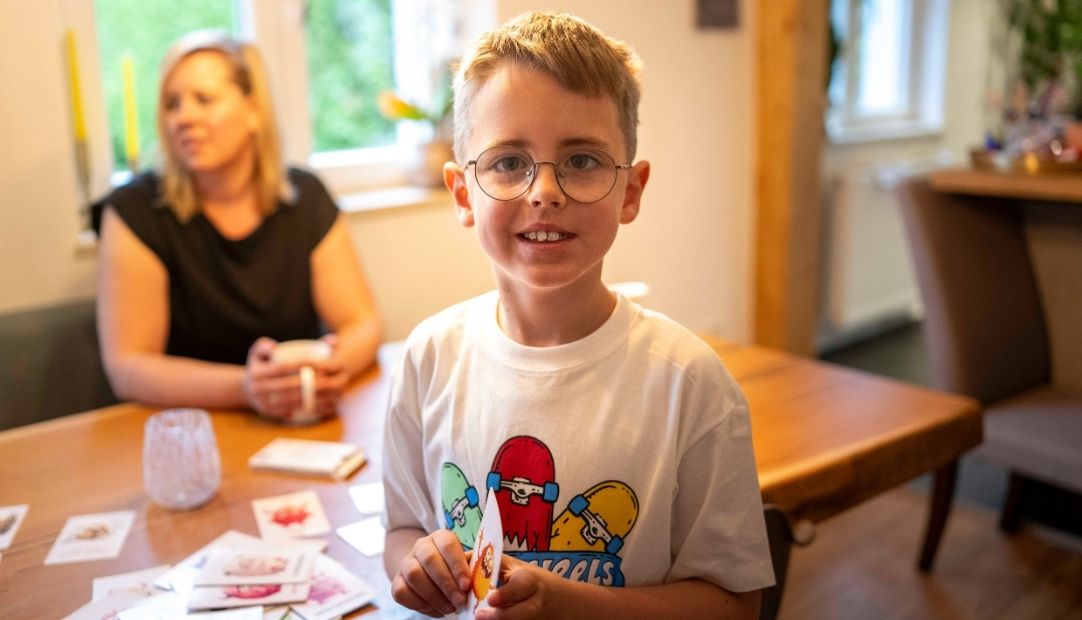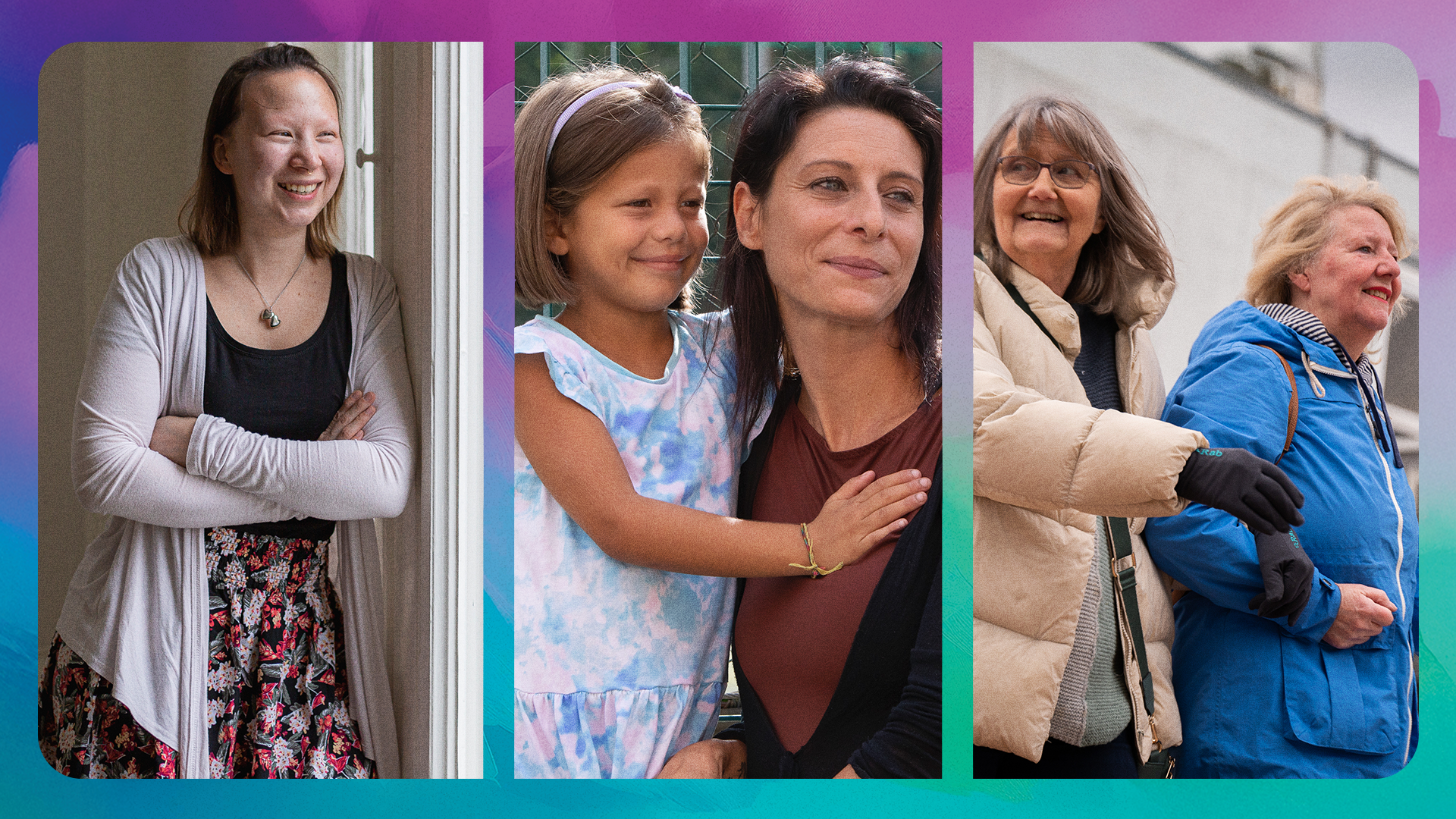Going on a PBC journey together

At seventy-one-years young, Gill, a devoted mother and grandmother from Nottinghamshire, loves spending time with her grandchildren and gardening. She also has a real passion for her volunteering work, to raise awareness of the ‘invisible, and isolating disease she has lived with for over twenty years, called Primary Biliary Cholangitis (PBC).
PBC is a rare, autoimmune, ‘cholestatic’ liver disease, where the body attacks and gradually destroys the liver’s small bile ducts. If not properly managed, it can lead to a build-up of bile and toxins, ultimately causing liver scarring and it can eventually result in liver failure.1,2
The symptoms of PBC vary from person to person, but typically include severe itch, fatigue, brain fog, upset stomach and bone and joint aches. These symptoms can be painful and disruptive, yet those affected can appear healthy. Added to the fact that the progression of the disease varies in speed and severity, this results in those living with PBC often having a long journey to diagnosis and even then, being misunderstood by doctors and sometimes even friends and family.
Gill was diagnosed with PBC when she was 50, and busy juggling her work as a teacher with raising her three teenage children. She went to her doctor after experiencing ‘awful aching bones and joints’ which she first assumed was tennis elbow. The doctor put her symptoms down to menopause. A diagnosis of PBC was finally determined several years later through blood testing recommended by Gill’s doctor. Gill recalls her doctor’s words: “You’ve got something I’ve never heard of before. So, you and I are going to go on this journey together.”
While some of Gill’s symptoms have improved with treatment, she has developed what she calls the ‘dreaded PBC itch’. She says, “It’s so dreadful you can’t actually do anything about it. You’re itching and you scratch it and you rub it and it doesn’t matter. It’s still there. It’s like ants crawling all over the inside of your body. And it can get worse and worse.”
Gill counts herself lucky to have an understanding and supportive doctor, and a very caring liver specialist. But, like many people with a rare disease that is poorly understood, her condition left her feeling lonely and isolated. Luckily for Gill, with her husband’s support, she was able to find a support network, called the PBC Foundation. “I realised I needed to meet other people with PBC, which was going to be a hard thing to do. And the reason I wanted to meet with other people living with PBC was because it’s very difficult to explain to others how you feel.”
Since joining the network a decade ago, Gill has ‘found a family’ and has overcome the loneliness of PBC. Through collaborating with the foundation, Gill plays an integral role in raising awareness of PBC, including introducing healthcare professionals to the disease. Gill still can’t believe the number of doctors who have never heard of PBC before. She anticipates that this initiative will assist undiagnosed individuals with PBC, particularly men who often go unnoticed (as PBC predominantly impacts women) in obtaining timely diagnosis and early treatment.4
When asked what she hopes for the future of PBC, Gill responded, “My hope for the future is that, people with PBC can get diagnosed more easily, I want people to understand it more… doctors to work better with their patients like I’ve had on my journey, as I know others haven’t… and of course, that there will also be a cure for PBC. But in the meantime, for someone to please stop my PBC itch.”
Learn more about Gill and her story:
References
- Younossi ZM, et al. 2019. Diagnosis and Management of Primary Biliary Cholangitis. Am J Gastroenterol. 114(1):48–63.
- European Association for the Study of the Liver. 2017. EASL Clinical Practice Guidelines: The diagnosis and management of patients with primary biliary cholangitis. J Hepatol. 67(1):145-172.
- European Association for the Study of the Liver. 2017. EASL Clinical Practice Guidelines: The diagnosis and management of patients with primary biliary cholangitis. J Hepatol. 67(1):145-172.
- Galoosian A, et al. 2020. Clinical updates in primary biliary cholangitis: trends, epidemiology, diagnostics, and new therapeutic approaches. J Clin Transl Hepatol. 8(1), pp. 49-60.










